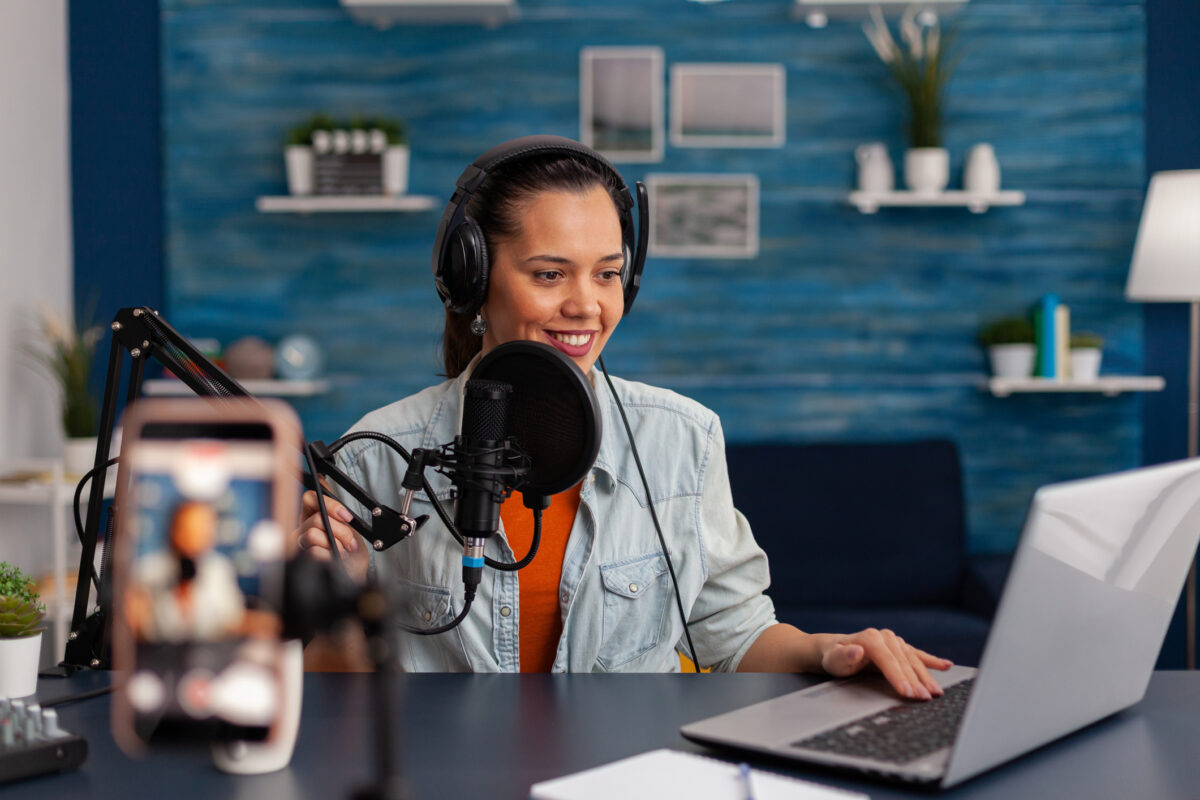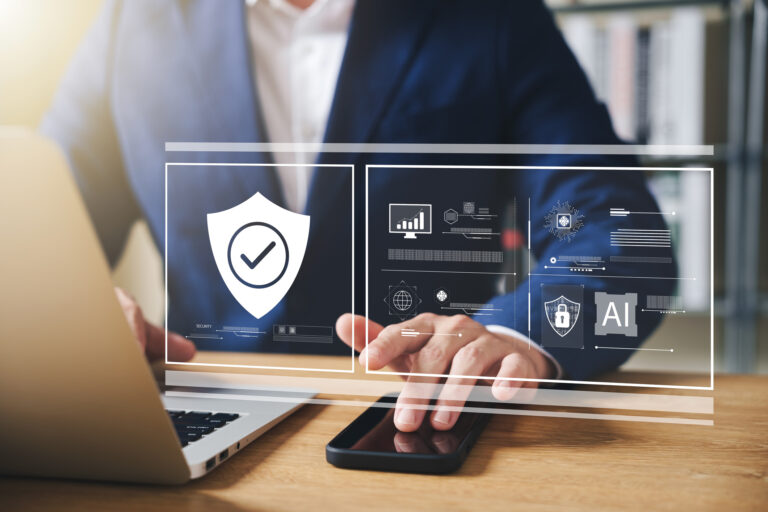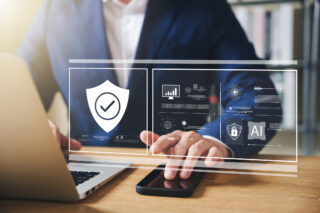Influencer Marketing Explained: Strategy, Trends, and AI in 2025
Explore what Influencer Marketing means in 2025, why it works, how to get started, and how AI is helping brands run smarter, more effective campaigns.
Influencer Marketing has become one of the most effective ways to reach new audiences without relying on traditional ads. Instead of pitching a product directly, brands collaborate with people who already have the trust and attention of their followers.
From TikTok creators to LinkedIn thought leaders, influencers are shaping how we discover, buy, and talk about products. In this article, we’ll break down what Influencer Marketing really is, why it works, how it’s changing in 2025, and how AI is playing a bigger role than ever.
What Is Influencer Marketing?
At its core, Influencer Marketing is about collaboration. Brands team up with individuals who have a loyal online following, usually on platforms like Instagram, YouTube, TikTok, or X, to promote their products or services in an authentic way.
Influencers vary widely in terms of audience size and style. Each type brings something different to the table:
- Nano influencers (under 10,000 followers): Known for high engagement in tight-knit communities. Ideal for targeting niche markets with a personal touch.
- Micro influencers (10,000 to 100,000 followers): These creators have a focused audience and a trusted voice, making them a smart choice for brands looking to drive real conversations without the noise of mass appeal.
- Macro influencers (100,000 to 1 million followers): Great for expanding visibility and generating buzz, especially during product launches or brand awareness campaigns.
- Mega or celebrity influencers (over 1 million followers): These personalities offer massive reach but usually come with higher costs and less direct engagement.
How Does Influencer Marketing Work?
Influencer Marketing typically starts with a brand identifying someone whose content, values, and audience align with what they offer. From there, the brand and influencer collaborate on the kind of message they want to share, this could be a product review, a day-in-the-life video, an unboxing, or a short-form tutorial.
Once the content is created, the influencer posts it on their preferred platform, introducing the brand to their audience in a way that feels genuine. Since the message is coming from someone the audience already follows and trusts, it feels more like a recommendation than an ad, and that’s what makes it effective. Learn how emotions drive authentic connections in your marketing messages.
Instead of interrupting the customer experience, these campaigns are built into the content people already enjoy consuming. That personal connection is what sets Influencer Marketing apart from traditional advertising.
The Benefits Of Influencer Marketing
Done right, Influencer Marketing offers several key advantages:
- Authenticity: Influencers create content in their own voice, making promotions feel more relatable and less like a sales pitch. Discover copywriting formulas that maintain authenticity while driving conversions.
- Targeted Reach: Instead of casting a wide net, you’re speaking directly to a specific audience that already cares about a certain niche.
- Stronger ROI: Studies show that Influencer Marketing often delivers higher returns than traditional advertising, especially when working with micro or niche influencers.
- Content Longevity: Influencer content can live on well past the post date, gaining traction through shares, saves, and algorithm boosts.
Influencer Marketing Trends 2025
Influencer Marketing is shifting fast in 2025. Brands are getting smarter about who they partner with, what platforms they focus on, and how success is measured. Here are the trends driving those changes:
1. Growth of B2B Influencers
Influencer Marketing has expanded well beyond consumer products. B2B influencers, such as LinkedIn creators, industry consultants, and podcast hosts, are now helping software companies, service providers, and tech startups reach decision-makers in more targeted ways.
2. More Focus on Long-Term Partnerships
Brands are moving away from one-time sponsorships and investing in lasting relationships with influencers. These longer-term partnerships lead to more consistent messaging and help build trust with audiences over time. Build email customer journeys that keep audiences engaged beyond the initial influencer post.
3. Rise of Video-First Platforms
Short video is still driving engagement in 2025, with TikTok, YouTube Shorts, and Instagram Reels setting the pace. Influencers and brands are leaning into quick, visual content that grabs attention faster than traditional posts.
4. Stronger Demand for Transparency and Authenticity
Audiences are more aware than ever of sponsored content, and they want transparency. Brands are leaning into authenticity, encouraging influencers to share honest reviews and personal stories over polished ads.
5. Increased Focus on Performance-Based Compensation
Brands are structuring deals around measurable outcomes like clicks, sales, or sign-ups, instead of flat fees. This trend is reshaping how both parties approach partnerships.
The Role Of AI In Influencer Marketing
AI has quickly gone from a nice-to-have to a central tool in how brands run their influencer campaigns. From finding the right creators to tracking performance in real-time, AI is helping marketers work faster, smarter, and with greater precision. Here’s where it’s making the biggest impact:
1. Smarter Influencer Discovery
AI tools can analyze thousands of profiles to find influencers that match your brand values, audience demographics, and campaign goals faster and with more accuracy than manual searches.
2. Predictive Performance Modeling
Brands can use AI to estimate the potential performance of a campaign before it even launches, using historical data to forecast reach, engagement, and ROI.
3. Real-Time Analytics and Sentiment Analysis
AI can track comments, reactions, and shares in real time, offering insights into how audiences are responding. Monitor engagement metrics like click-through rates and sentiment to understand what resonates. It can even measure sentiment, whether the response is positive, neutral, or negative.
4. AI-Generated Content Support
While influencers still create their own content, AI can assist by generating outlines, captions, hashtags, and editing suggestions, streamlining the workflow.
5. Fraud Detection
AI helps spot red flags like fake followers, suspicious engagement patterns, or bot activity, which protects your investment and ensures you’re working with legitimate partners.
Getting Started With Influencer Marketing
If you’re thinking about trying Influencer Marketing, here are a few simple steps to help you get started:
- Define your goals: Are you looking for brand awareness, leads, or sales? Your goal will shape your influencer search and content style.
- Know your audience: Understand who you’re trying to reach and what platforms they use most.
- Set a budget: Consider the cost of influencer fees, content creation, and any product or service you’ll be providing.
- Use discovery tools: Platforms like Aspire, Upfluence, or Creator IQ can help you find the right match.
- Start with a test campaign: Work with one or two influencers on a small campaign, track the results, and build from there. Create a sales funnel around your influencer partnerships to convert followers into customers.
Final Thoughts
At the end of the day, influencer marketing has become a core way for brands to build real connections in a crowded digital space. It’s practical, powerful, and tailored to how people actually engage with content.
With AI tools, performance data, and new platforms making things easier to manage, now’s a great time to jump in. Start by setting clear goals, choosing creators who align with your values, and testing what works. You don’t need a massive budget, just a message worth sharing and the right voice to deliver it. The opportunity is there. All that’s left is to get started!
Ready to Leverage Influencer Marketing in 2025? Influencer marketing today is not just a trend; it’s a powerful tool for building authentic connections with your audience. In 2025, it continues to evolve with trends like B2B influencers, long-term partnerships, video content, and transparency setting the tone. Artificial intelligence is making campaigns smarter and more effective, from discovering the perfect influencers to analyzing results in real time.
Want to launch your strategy and maximize ROI? With Nova Express, we help brands turn ideas into successful campaigns. Discover how our platform simplifies the process and boosts your return on investment. Visit Nova Express now to begin your journey!
About the author
Serafima Osovitny is a content and email marketing specialist at Nova Express. With over 10 years of experience in content creation and a cross-industry perspective, she shares insights about email marketing and e-commerce. In her free time, she enjoys traveling and exploring bookstores. Follow her on Twitter: @OSerafimaA.









Leave a Comment